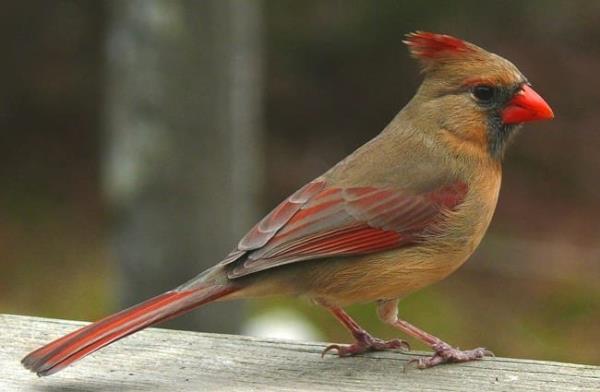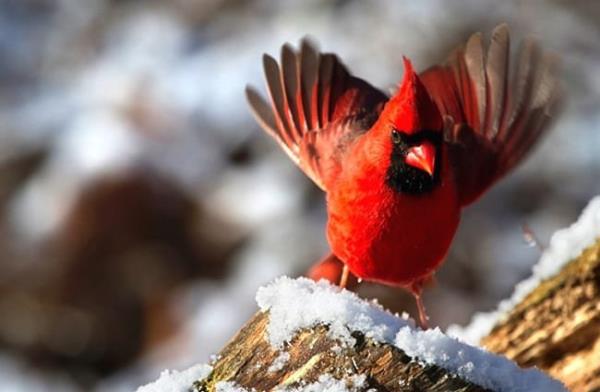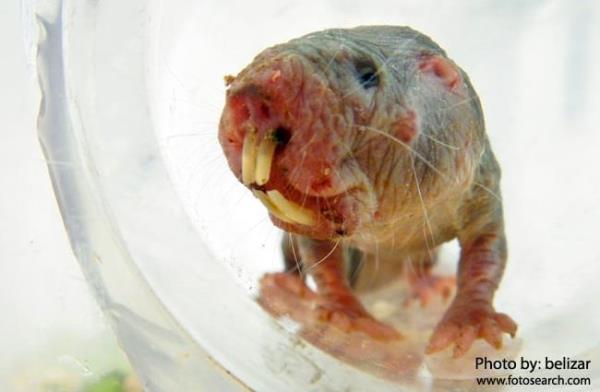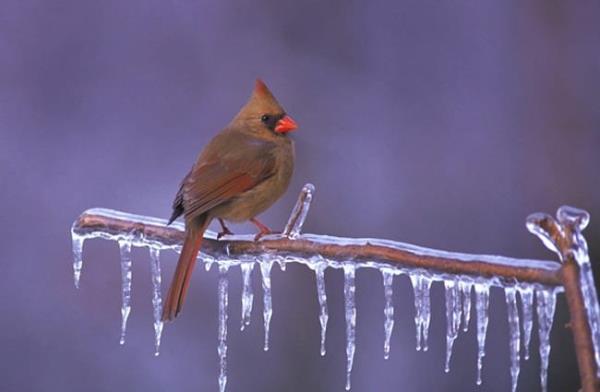北方红雀很容易辨认,是一种鲜红色的鸟类,原产于美国和墨西哥的部分地区。他们也通常被称为红鸟,红枢机主教,普通枢机主教,或简单地说,枢机主教。
这一物种只有雄性拥有特有的鲜红色。雌性的颜色是暗淡的橄榄色或棕色,这有助于它们在孵蛋时避免被注意。请继续阅读了解。





Des北方红衣主教的手稿
红雀是小型到中型的鸣禽,最大翼展约为12.2英寸。这个物种确实表现出性别二态性,这意味着雄性和雌性很容易被区分开来。雄性比雌性稍大,颜色也更鲜艳。
这种物种的雄性比雌性更艳丽并不罕见,在极乐鸟中可以看到这一点。在红雀,女性是橄榄色或棕色,而不是明亮的红色。雌雄都有三角形的喙,可以抬起或平放的凤冠。
有趣的事实关于北方红衣主教
这些美丽的小鸟分布广泛,很常见,很容易辨认。虽然普通公民都能认出枢机主教,但绝大多数人对他们知之甚少。了解更多关于枢机主教下面。
色素沉着-像许多其他鸟类一样,包括火烈鸟,红雀的鲜艳颜色来自于它们的饮食。这些鸟吃的许多浆果和种子 nsume有限公司 ntain类胡萝卜素色素。这些颜料是钴 变成了你在成年雄鸟身上看到的红色。 非典型颜色-并不是所有的雄性红雀都有它们著名的鲜红色。种群中只有很小一部分有一种独特的遗传变异。有这种基因缺陷的鸟类缺少一种酶 把黄色的色素变成红色,这使这种鸟变成了亮黄色! 一夫一妻制-成对的红雀通常会交配一生。o 一对夫妻一旦建立,他们往往会合作 继续与同一只鸟交配,直到其中一只死去。然而,在某些情况下,当一对不能成功繁殖时,就会寻找其他配偶。 专用的父母-尽管它们外表可爱,但它们是凶猛的小鸟。当雌鸟孵蛋时,雄鸟会尽职地照顾雌鸟,父母双方都会恶毒地保护自己的巢穴和领地不受入侵者的侵犯。有些鸟甚至攻击自己的倒影,试图赶走“另一只鸟”。北方红衣主教的栖息地
这些鸟栖息在它们活动范围内的各种栖息地。在大多数地区,它们需要树木来成功地筑巢和觅食,也需要灌木丛和灌木来寻找浆果。它们常见于湿地、林地、灌木丛、花园和公园。
对鸟类友好的园林绿化使这种物种在城市地区和未受干扰的森林中茁壮成长。在许多地方,它们可以在后院喂食者的帮助下成功地维持自己的生存,否则它们就不会繁衍生息。
北方红衣主教的分布
该物种分布于美国中部到东部,以及墨西哥东部。它们也可以在加拿大南部的部分地区找到。在美国,北至缅因州,西至德克萨斯州都有它们的身影。在中美洲,它们沿东海岸分布,南至北伯利兹。该物种也被引入夏威夷、南加州和百慕大。
Diet of the Northern Cardinal
Cardinals are granivorous, which means that the vast majority of their diet consists of seeds, grains, and berries. In fact, 90% of their food intake is sourced from weed seeds, fruits, grains, and berries. Foraging usually consists of hopping along the ground and under bushes searching for dropped seeds and berries.
When they are given the opportunity, they will feed on a wide variety of insects as well, but it does not make up a significant portion of their diet. Growing chicks are, however, fed exclusively on insects.
Northern Cardinal and Human Interaction
Bird feeders are a strong attractant for these birds, and they are quite common in urban areas because of this. The best way to attract this species is by providing sunflower and safflower seeds in your bird feeder.
Before the introduction of the Migratory Bird Treaty Act in 1918 this species was also a popular pet for both its color and song. They are threatened by habitat destruction, but the planting of bird-friendly foliage in parks and gardens as well as provision of bird feeders helps keep their population stable.
Domestication
This species has not been domesticated in any way.
Does the Northern Cardinal Make a Good Pet
It is highly illegal to own, kill, or harm this species. They and the vast majority of avian species are protected under the Migratory Bird Treaty Act.
Northern Cardinal Care
In a zoological setting, these birds are relatively easy to care for. They should be provided with plenty of flight space, but do not require extensive enclosures as they are relatively small.
Their diet is easy to replicate, particularly because commercially produced songbird foods are very common. They should also be provided with a variety of branches and perches, and novel feeding stations.
Behavior of the Northern Cardinal
Cardinals are highly territorial, and will defend their territory and nests from other birds, predators, and anything that wanders into their space. Males sing to announce and define their territories, usually from the tops of tall trees.
They will chase any rival males that enter their territories to protect their food sources, and often mistake their reflection for rival males as well. It is not uncommon to see a mated pair flying or foraging together.
Reproduction of the Northern Cardinal
Females build the nest, while the male collects and provides much of the building material. She will lay 3 – 4 whitish eggs, and incubate them for 12 – 13 days. Males will sometimes incubate for short periods, but normally the female incubates and the male brings her food.
It takes just 10 – 11 days for the chicks to begin fledging, and they are independent soon after. Pairs can produce three or four clutches of offspring in a single year.
Beliefs, Superstitions, and Phobias about the Northern Cardinal
Religion actually played a part in the naming of this bright-colored bird. European settlers saw the bright red plumage, and were reminded of the red vestments worn by Catholic cardinals. The crest of this species is also reminiscent of the pointed headgear of some higher Catholic officials.













































